“add Muscle To The Skin And Bones” This Is Also Helpful For Those Essays For Class That Need To Be
“add muscle to the skin and bones” This is also helpful for those essays for class that need to be just that little bit longer. Also, the wording you give is super helpful. Thank you for sharing this!
Underwriting: ways to boost your word count
I wrote a fic recently and the word count for the first draft came to about 40,000 words – roughly the length of a novella or ficlet. And that’s fine because I wasn’t striving for a novel or a 100K slow-burn coffee shop AU.
But coming to edit my first draft I realised something about myself. I am an underwriter. My fic could actually be at least 10k (maybe 20k) longer. Of course it’s not all about word count, it’s about the story, but in this case a smaller word count isn’t because I’m a fantastically efficient storyteller it’s because I’ve missed out a lot of stuff. Like, Important Stuff.
So as I set out to add muscle to the skin and bones I’ve already created in draft one I thought I’d share five tips for my fellow underwriters to help you flesh out your writing too.
1) Make sure to describe the place and space in which the action happens.
There are quite a few places in my first draft where there’s no indication as to where things are taking place– or there is, but it’s the bare minimum and not really enough to build up a clear picture. This probably because as the writer I know exactly what the place looks like so I make the assumption that a bare minimum description will mean the reader knows too.
Now I’m not saying go into masses of detail about what your settings look like. In some cases it’s not useful to describe setting in a lot of detail (e.g. during really fast paced action sequences) but doing a verbal sketch of the space is essential for putting your characters in context and reader understanding.
I really is a fine balance (which is why beta readers are your friend!) But definitely go back to your setting descriptions if you’re an underwriter, they might need some work.
2) Make sure to describe your character’s appearance.
Similar to the above point – you know what your characters look like, but unless you describe them, the reader won’t.
It’s fair to say that descriptions are open to reader interpretations, but that doesn’t mean you shouldn’t describe them in a healthy amount of detail. So you might try to nail down some of the interesting quirks about your characters to help the reader build a picture – not only will it help the readers understanding, it’ll boost your word count too!
Note: This one functions a little differently in a fic because the readers are probably familiar with how the character looks, but there is nothing wrong with adding your interpretation (or even reminding them, especially if the characters are from a book.)
3) Include character reactions outside of what they say out loud.
Real life conversations aren’t just about the stuff that comes out of our mouths. So much of human interaction is about body language – so include it in your writing! Saying that the character covers their mouth with their hand when they talk suggests shyness. While another character crossing their arms shows they’re defensive -perhaps because they’re feeling threatened. In real life we don’t always say what we mean – but a lot of the time our actions give away what we’re really thinking. By including these actions around dialogue writers can influence how we as readers view characters and how we interpret interactions between characters. And it can boost your word count too.
The big stuff:
4) Check your pacing.
When you write it feels like your scene is taking place over hours, days, weeks because when you’re writing it takes time. Reading, on the other hand, is much quicker. A seasoned reader can fly through a 100 page novel in a few hours – a seasoned writer can spend hours writing a 100 words.
When you read back your writing, make sure to check your pacing. You might just find that the Impossible Task you set for your characters at the start of the story is suddenly resolved within the next fifty pages. To boost your word count you might want to start by adding more obstacles between the character and their goal.
For example; your character has to find an object such as a precious jewel. Sounds relatively easy, right? But what if the jewel is lost in the mines of an ancient people, amongst thousands of other treasures that look very similar? What if no one has found this jewel because it’s guarded by a fire breathing dragon? What if the ancient mines and dragon are located in a mountain which is miles and miles away across dangerous lands? What if your characters need to enlist the help of someone with a very specific skill set?
You take one simple objective (finding the jewel) and you put into play a series of obstacles that must be overcome in order to complete the objective. Your underwriting tendencies, like mine, might just mean that there aren’t enough metaphorical (or real) dragons in your story!
5) Sub-plots.
A sub-plot is a smaller scale plot - often involving the supporting characters - which runs secondary to the main plot. It can be directly linked to the main plot, i.e. the info provided in the subplot directly influences events in the main plot. Or it can simply be linked through place, time or themes of the overall story (e.g. Hermione’s elf rights campaign ‘S.P.E.W’ in Harry Potter and the OoTP is linked to the overall theme of oppression.)
Sub-plots are great because they can serve as some respite from a traumatic main plot; your character is fighting a war (main plot) but also fighting and failing (in hilarious ways) to win the affection of their love interest (sub-plot).
Plus, sub-plots can also help with characterisation, can cause your main character to have the moment of realisation which allows them to overcome the obstacles they face in the main plot and is generally a better reflection of real life! Sub-plots often centre on side-kicks and other characters – people who might not be as devoted to the end goal as the protagonist is. In fact, well written side characters seemingly live their own lives with their own goals. You might choose to showcase this in your sub-plot by letting the conflict of interest cause more problems for the protagonist to overcome.
Either way you could find your word count sky rockets as soon as you add in a few clever sub-plots.
I hope this helped!
Got any questions? Send me an ask
More Posts from Aikokima and Others
Because this shows you that history can be hilarious!! 😂🤣
i’ll never get over the fact that there’s a movie called “snakes on a plane” and in that movie there’s a line that is, verbatim, “ive had it with these motherfucking snakes on this motherfucking plane”.
that is absolutely bonkers. that’s ridiculous. that’s like making a movie called “gators in the sewer” and having someone in the movie say “im getting really sick and tired of these fucking gators in the sewer”
Because even when it's not spoopy season, it's going to be good to know!


Spoopy Season Safety
!!¡!!

Vil is one of the most well-written characters in Twisted Wonderland and I’m still baffled that people still manage to misinterpret him when nothing about him is that difficult to understand.
People always bash him for his obsession with beauty and reduce it to vanity when it was explained time and time again that Vil cares as much about internal beauty as external beauty. His search for growth was never centred around aesthetics only.
It’s also further explained that his pursuit of beauty is the path he believes would help him reach his goal of staying the longest on stage/being the hero. Vil’s book is about an actor who has been told ever since he was a child that he was meant to be the villain. Which was a role he didn’t wish to entertain so he worked his hardest to be worthy of the role he wanted, the role that would allow him to stay the longest on stage.
He learned all sorts of skills, pursued his studies, took care of his appearance, he did anything and everything in the name of improving himself, to be worthy of a role that keeps being denied to him and given to someone else, Neige. Then when he finally reached his limit after years of trying his hardest just to keep failing he lost it.
Even then why did he overblot? Because he couldn’t forgive himself. Because he couldn’t accept that he had become the villain, the exact thing that he had spent all his time and effort rejecting. Vil is terrified of being ugly inside and outside. He is terrified of being corrupted. He’s terrified of being bad.
People also love to bash him for being strict but he is one of the most caring housewarden. He does rule with an iron fist but even at his worst his motivation is always in his students’ best interest. Even Epel has to concede once he understands Vil’s true goal. On top of that Vil actually shows that he takes accountability for his actions, he knows how to apologise and he feels remorse for his wrongdoings.
Let’s not even talk about how he sacrificed himself for Idia and the world’s sake later on. As if this wouldn’t fully compromise his future.
I adore this!!

My alphabet be like...
Louder for everyone who needs to hear!!
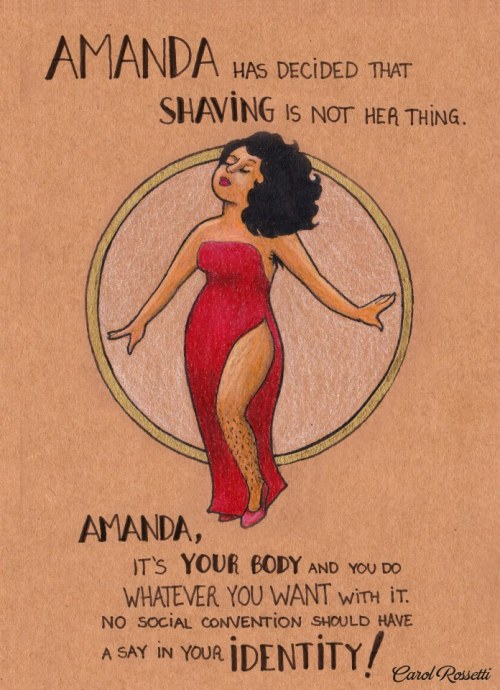
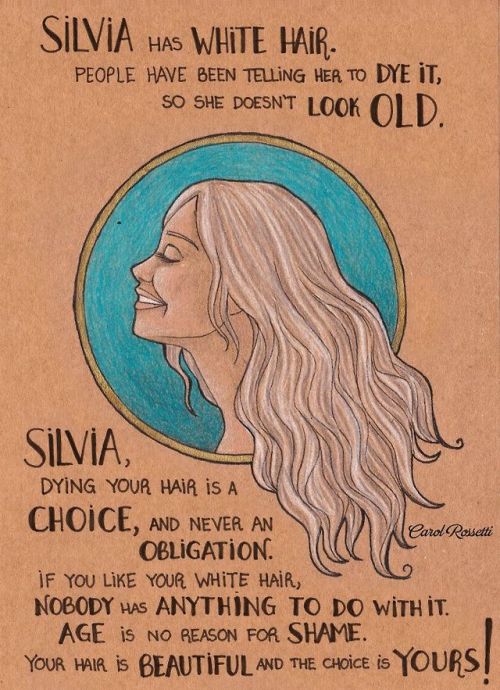
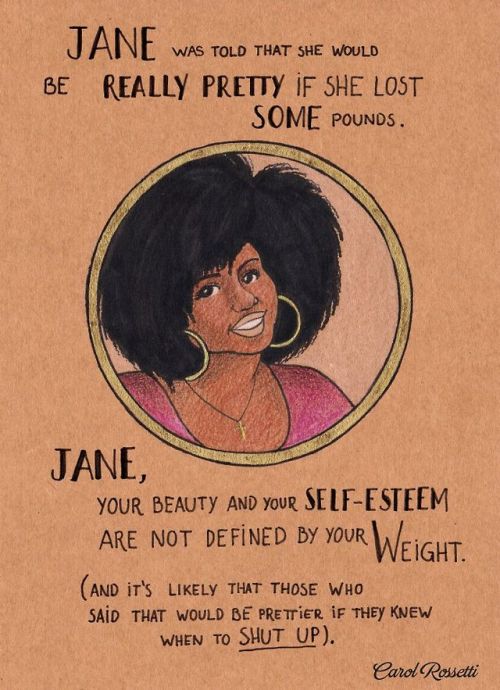
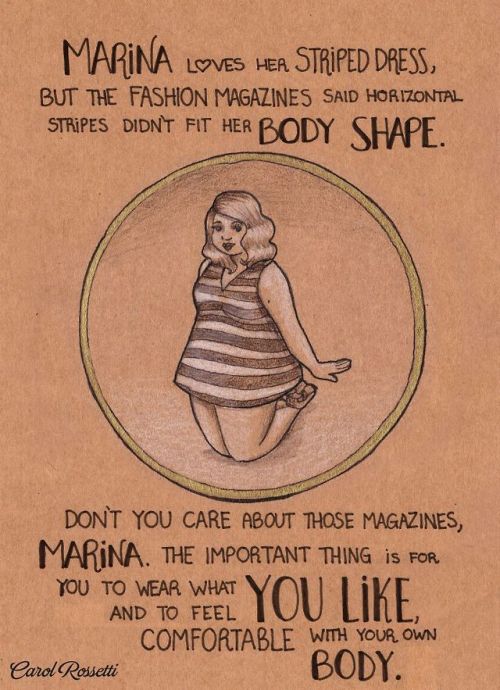

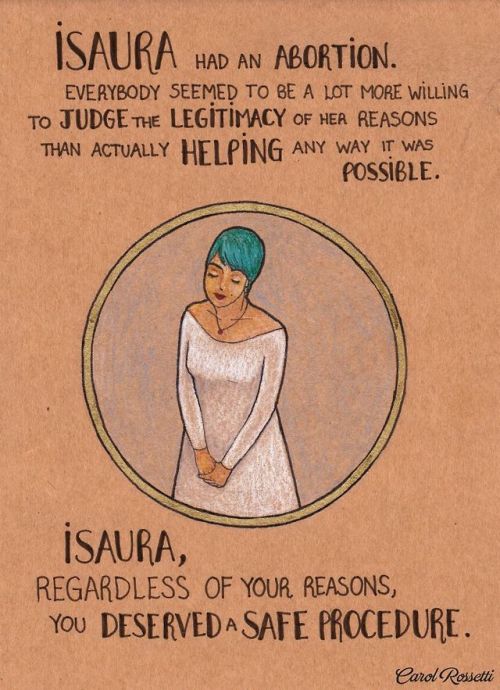

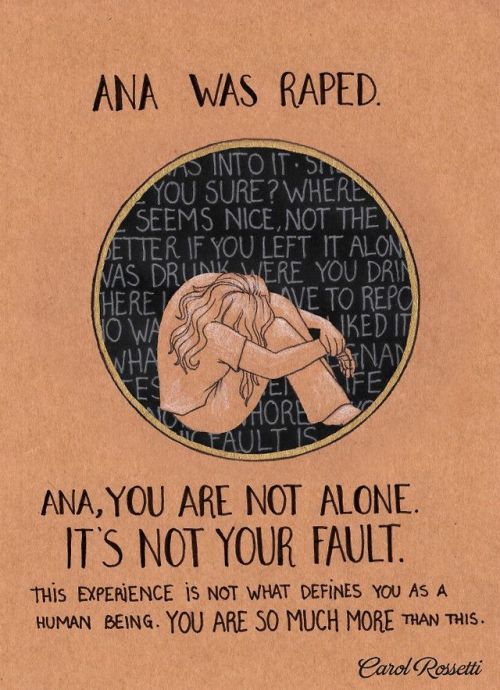

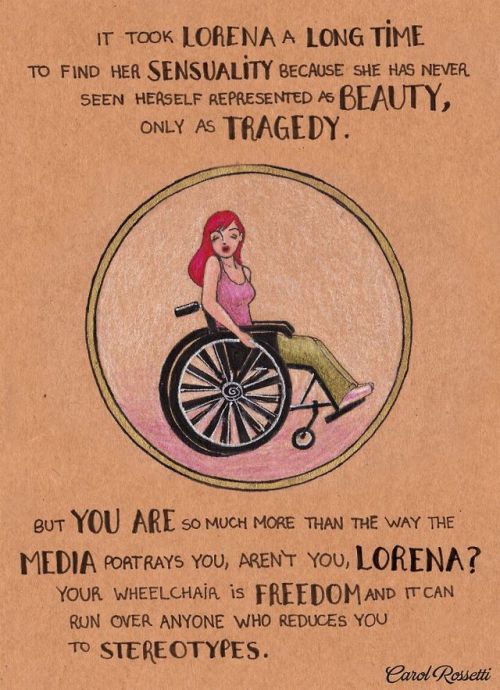
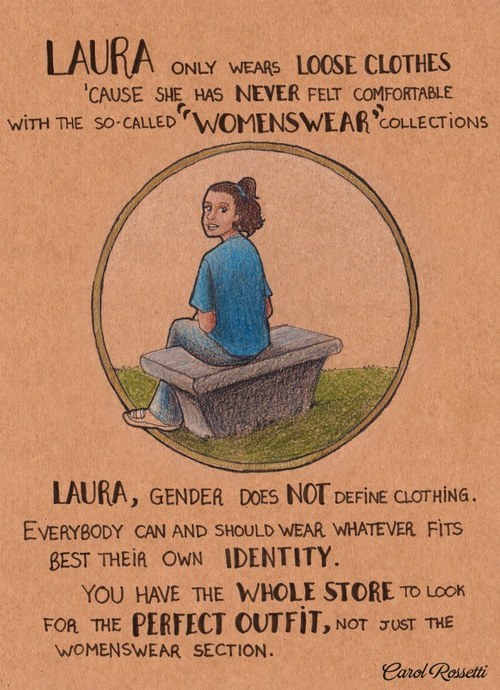
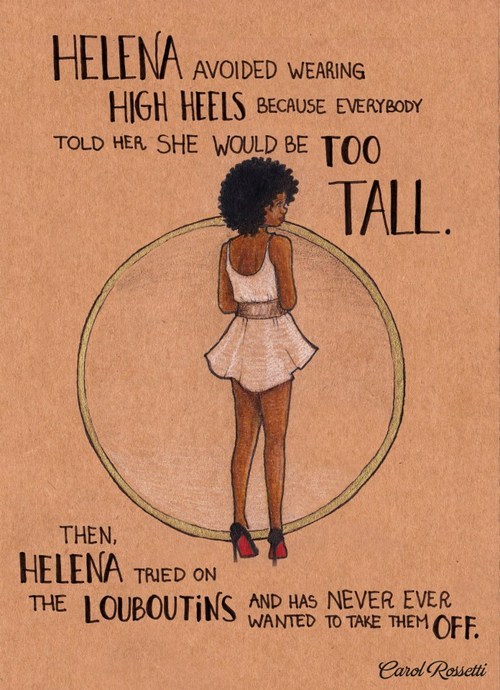


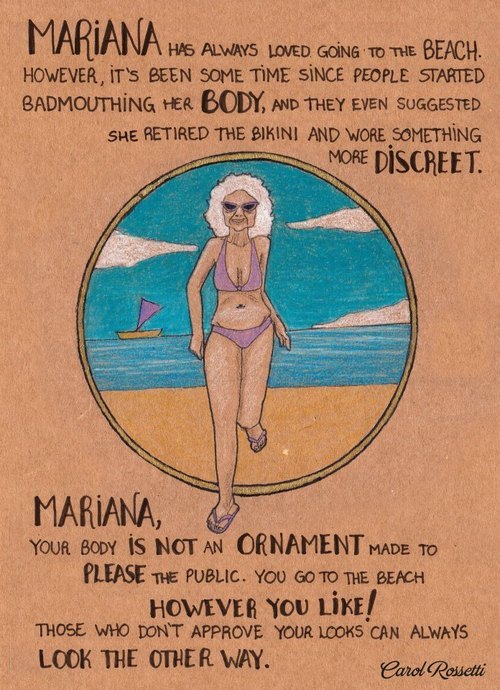
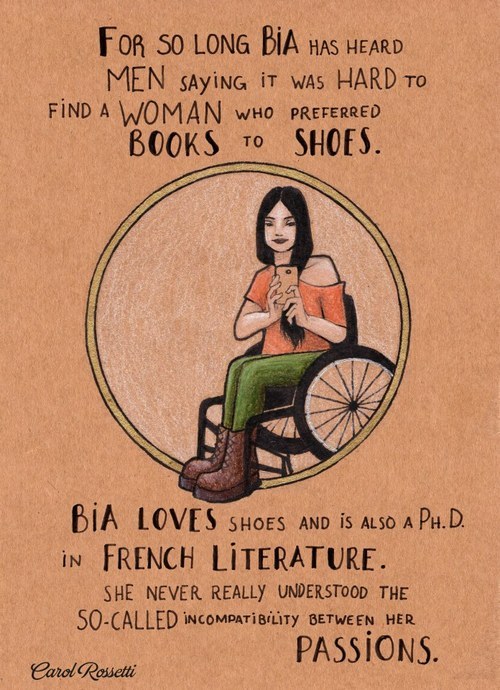


Source
“Image Credit: Carol Rossetti
When Brazilian graphic designer Carol Rossetti began posting colorful illustrations of women and their stories to Facebook, she had no idea how popular they would become.
Thousands of shares throughout the world later, the appeal of Rosetti’s work is clear. Much like the street art phenomenon Stop Telling Women To Smile, Rossetti’s empowering images are the kind you want to post on every street corner, as both a reminder and affirmation of women’s bodily autonomy.
“It has always bothered me, the world’s attempts to control women’s bodies, behavior and identities,” Rossetti told Mic via email. “It’s a kind of oppression so deeply entangled in our culture that most people don’t even see it’s there, and how cruel it can be.”
Rossetti’s illustrations touch upon an impressive range of intersectional topics, including LGBTQ identity, body image, ageism, racism, sexism and ableism. Some characters are based on the experiences of friends or her own life, while others draw inspiration from the stories many women have shared across the Internet.
“I see those situations I portray every day,” she wrote. “I lived some of them myself.”
Despite quickly garnering thousands of enthusiastic comments and shares on Facebook, the project started as something personal — so personal, in fact, that Rossetti is still figuring out what to call it. For now, the images reside in albums simply titled “WOMEN in english!“ or ”Mujeres en español!“ which is fitting: Rossetti’s illustrations encompass a vast set of experiences that together create a powerful picture of both women’s identity and oppression.
One of the most interesting aspects of the project is the way it has struck such a global chord. Rossetti originally wrote the text of the illustrations in Portuguese, and then worked with an Australian woman to translate them to English. A group of Israeli feminists also took it upon themselves to create versions of the illustrations in Hebrew. Now, more people have reached out to Rossetti through Facebook and offered to translate her work into even more languages. Next on the docket? Spanish, Russian, German and Lithuanian.
It’s an inspiring show of global solidarity, but the message of Rossetti’s art is clear in any language. Above all, her images celebrate being true to oneself, respecting others and questioning what society tells us is acceptable or beautiful.
“I can’t change the world by myself,” Rossetti said. “But I’d love to know that my work made people review their privileges and be more open to understanding and respecting one another.””
From the site: All images courtesy Carol Rossetti and used with permission. You can find more illustrations, as well as more languages, on her Facebook page.
While my disability isn't something easily DIY like this, I do think this is something to reblog and share.
In case anyone finds it helpful because mobility aids are horrifically expensive and inaccessible…

And for those people who have access to mobility devices but might benefit from a second chair they can abuse without risking expensive damage…
Erik Kondo has made a website, Open Source Innovations, that details plans for DIY wheelchairs. These wheelchairs can be made from common materials like wood, plastic, and pvc. They are lightweight and can be custom fit to the user allowing from the same degree of movement you would get from a custom chair. And they are durable and easily repairable. (he has been stress testing his latest design by dropping it down stairs, dropping it out of a car, launching it across a driveway, and throwing it off a deck). Its 12lbs and I think he said its was in the $200 ish range for parts.
He also is working on cheap, open source, accessible designs for beach chairs, off road chairs, motorized attachments (think smart drive), and so on. Plus he skateboards in his wheelchair. Cool dude, helpful info, pass it on.
What I love about this is she's not a size zero lady but she's comfortable in her skin.💜😇
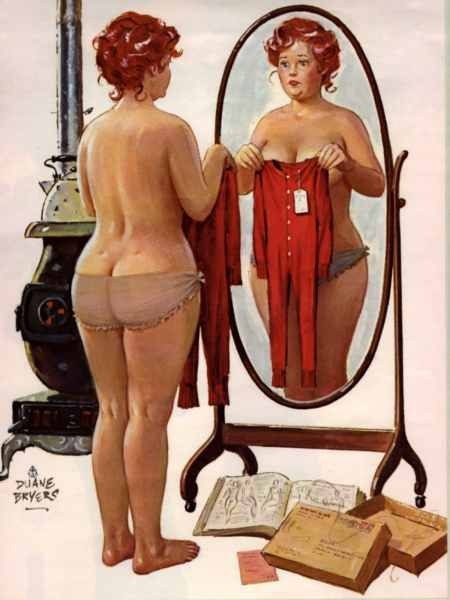
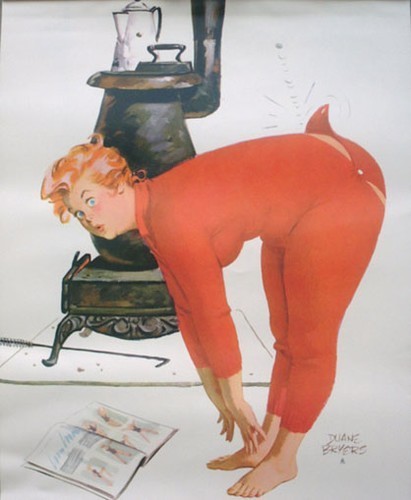
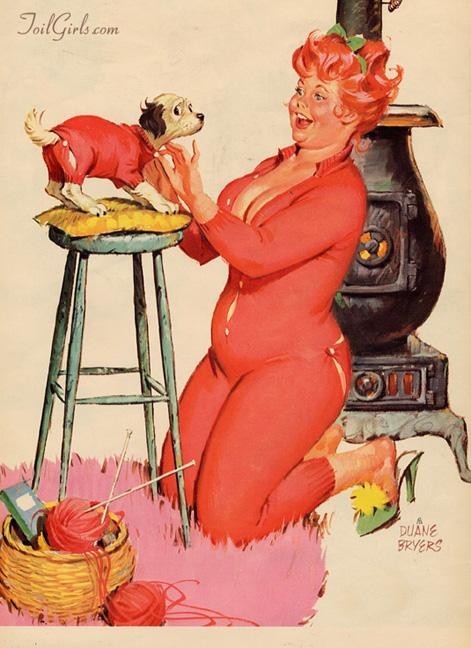
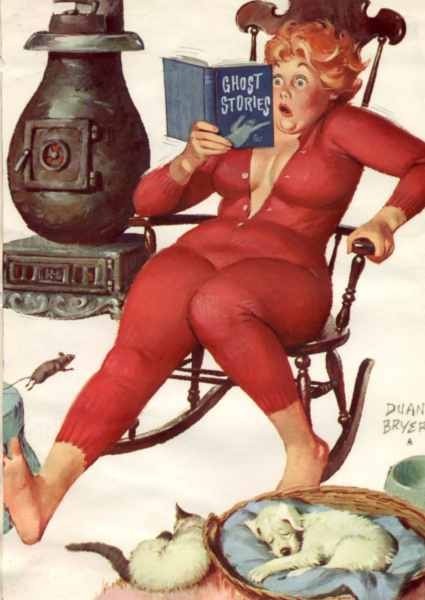
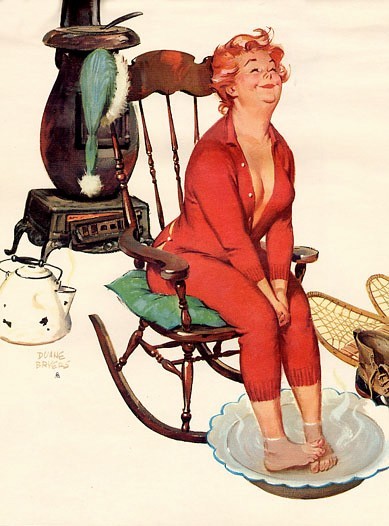
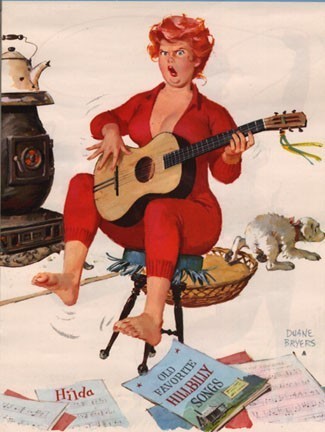
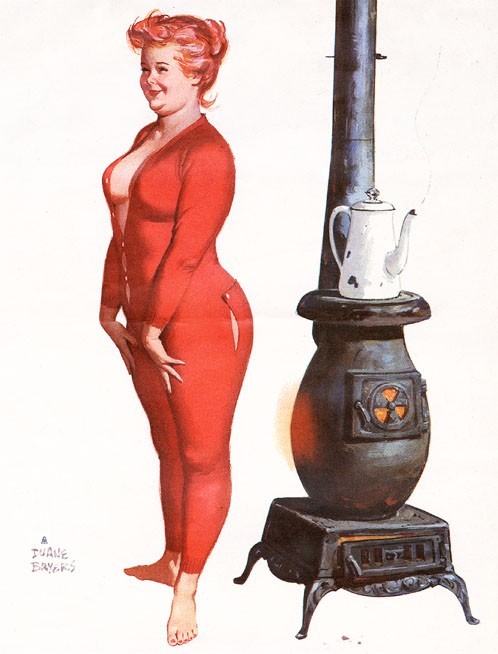

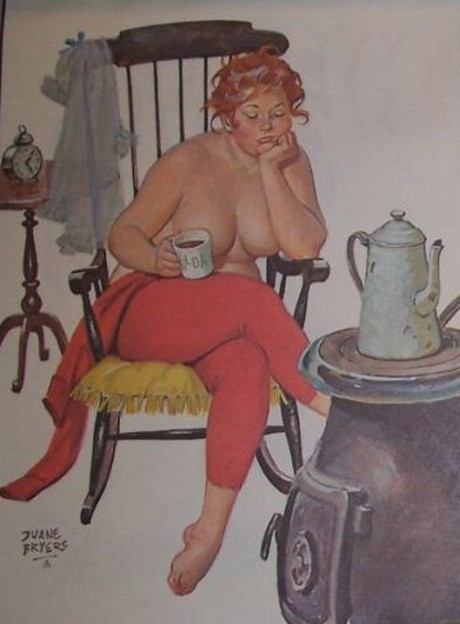

Hilda by Duane Bryers
I adore this, I don't know why but I do 🤩
And if I had the money I would, instead I'll share it.
At the gate for my flight home from visiting friends and there's a woman here with a service Shiba Inu. No pics because he has a Do Not Disturb vest and taking pics of strangers is illegal but I need to stress how ON DUTY this animal is. Ears up. Eyes doing Lazer scans of everything. Examining everyone who passes within 10ft like a security guard. Ass planted on her feet. I have never seen a dog with such intense chivalric guardian energy before. He has tiny eyebrows and they are FURROWED with concentration.
☝️

The threat was loud and clear: Report your so-called “DEI” employees or else. What exactly “DEIA or similar ideologies” means is up in the air, but the message was out there. And so was the email address of the DEIA snitching hotline. Fake emails quickly started to roll in. ‘I don’t care, fuck these McCarthyite bastards,” one BlueSky user said, with an screenshot attached of an email to the hotline where he ironically reported Donald Trump and JD Vance for being “put in their positions solely because of their race and/or gender despite the fact that they are wholly unqualified for their jobs and, in some cases, have criminal records.” “Anyone have a script to fire off a billion e-mails an hour??” another user asked in the replies. “Anyone can email anything of any size even if it crashes the site,” one X user noted. The scope and effectiveness of this latest phase of Trump’s anti-DEI crusade remains to be seen.
This!!! I am so excited because I am so bad at posting comments, even on ones that I reread.
In the spirit of encouraging people to comment on fanfics while also making it easier to do so, I feel obliged to share a browser extension for ao3 that has quite literally revolutionized the comment game for me.
I present to you: the floating ao3 comment box!
From what I've seen, a big problem for many people is that once you reach the comments at the bottom of a fic, your memory of it miraculously disappears. Anything you wanted to say is stuck ten paragraphs ago, and you barely remember what you thought while reading. This fixes that!
I'll give a little explanation on the features and how it works, but if you want to skip all that, here's the link.
The extension is visible as a small blue box in the upper left corner.
(Side note: The green colouring is not from the extension, that's me.)

If you click on it, you open a comment box window at the bottom of your screen but not at the bottom of the fic. I opened my own fic for demonstrative purposes.

The website also gives explanations on how exactly it functions, but I'll summarize regardless.
insert selection -> if you highlight a sentence in the fic it will be added in italics to the comment box
add to comment box -> once you're done writing your comment, you click this button and the entire thing will automatically copied to the ao3 comment box
delete -> self explanatory
on mulitchapter fics, you will be given the option to either add the comment to just the current chapter or the entire fic
The best part? You can simply close the window the same way you opened it and your progress will automatically be saved. So you can open it, comment on a paragraph, and then close it and keep reading without having the box in your face.
Comments are what keep writers going, and as both a writer and a reader, I think it's such an easy way of showing support and enthusiasm.
-
 nicenice7 reblogged this · 3 months ago
nicenice7 reblogged this · 3 months ago -
 nicenice7 liked this · 3 months ago
nicenice7 liked this · 3 months ago -
 allcomingback liked this · 5 months ago
allcomingback liked this · 5 months ago -
 transparententhusiastmentality liked this · 5 months ago
transparententhusiastmentality liked this · 5 months ago -
 arien-elensar liked this · 6 months ago
arien-elensar liked this · 6 months ago -
 yuugisbarber reblogged this · 6 months ago
yuugisbarber reblogged this · 6 months ago -
 yuugisbarber liked this · 8 months ago
yuugisbarber liked this · 8 months ago -
 newdawnhorizon reblogged this · 1 year ago
newdawnhorizon reblogged this · 1 year ago -
 heckcareoxytwit liked this · 1 year ago
heckcareoxytwit liked this · 1 year ago -
 alinanvjsmom-blog reblogged this · 1 year ago
alinanvjsmom-blog reblogged this · 1 year ago -
 alinanvjsmom-blog liked this · 1 year ago
alinanvjsmom-blog liked this · 1 year ago -
 accol-fics reblogged this · 1 year ago
accol-fics reblogged this · 1 year ago -
 crystallineuniverse reblogged this · 1 year ago
crystallineuniverse reblogged this · 1 year ago -
 berrieneedswords reblogged this · 1 year ago
berrieneedswords reblogged this · 1 year ago -
 ofsunsh1ne liked this · 1 year ago
ofsunsh1ne liked this · 1 year ago -
 heckcareoxytwit reblogged this · 1 year ago
heckcareoxytwit reblogged this · 1 year ago -
 heckcareoxytwit reblogged this · 1 year ago
heckcareoxytwit reblogged this · 1 year ago -
 rangerbeads reblogged this · 1 year ago
rangerbeads reblogged this · 1 year ago -
 selfloathingandpride reblogged this · 1 year ago
selfloathingandpride reblogged this · 1 year ago -
 laughinguntilmysidehurts reblogged this · 1 year ago
laughinguntilmysidehurts reblogged this · 1 year ago -
 thrashpandas-lost-trashcan reblogged this · 1 year ago
thrashpandas-lost-trashcan reblogged this · 1 year ago -
 krys-reblogs reblogged this · 1 year ago
krys-reblogs reblogged this · 1 year ago -
 lunar-grub liked this · 1 year ago
lunar-grub liked this · 1 year ago -
 topaz-carbuncle liked this · 1 year ago
topaz-carbuncle liked this · 1 year ago -
 happyorogeny reblogged this · 1 year ago
happyorogeny reblogged this · 1 year ago -
 raineybabyabc liked this · 1 year ago
raineybabyabc liked this · 1 year ago -
 wormiesquirmy liked this · 1 year ago
wormiesquirmy liked this · 1 year ago -
 umhowdoesthiswork liked this · 1 year ago
umhowdoesthiswork liked this · 1 year ago -
 lmk-monkeefan liked this · 1 year ago
lmk-monkeefan liked this · 1 year ago -
 aceofwands reblogged this · 1 year ago
aceofwands reblogged this · 1 year ago -
 aceofwands liked this · 1 year ago
aceofwands liked this · 1 year ago -
 legally-immortal reblogged this · 1 year ago
legally-immortal reblogged this · 1 year ago -
 legally-immortal liked this · 1 year ago
legally-immortal liked this · 1 year ago -
 king-nyx liked this · 1 year ago
king-nyx liked this · 1 year ago -
 yuanfeii reblogged this · 1 year ago
yuanfeii reblogged this · 1 year ago -
 kirkwallsbane reblogged this · 1 year ago
kirkwallsbane reblogged this · 1 year ago -
 justexistinguntilgetoldoneback reblogged this · 1 year ago
justexistinguntilgetoldoneback reblogged this · 1 year ago -
 thebazilly liked this · 1 year ago
thebazilly liked this · 1 year ago -
 avocado-frog liked this · 1 year ago
avocado-frog liked this · 1 year ago -
 selmassmokinglizard reblogged this · 1 year ago
selmassmokinglizard reblogged this · 1 year ago -
 selmassmokinglizard liked this · 1 year ago
selmassmokinglizard liked this · 1 year ago -
 crystallineuniverse liked this · 1 year ago
crystallineuniverse liked this · 1 year ago -
 zazzzalil liked this · 1 year ago
zazzzalil liked this · 1 year ago